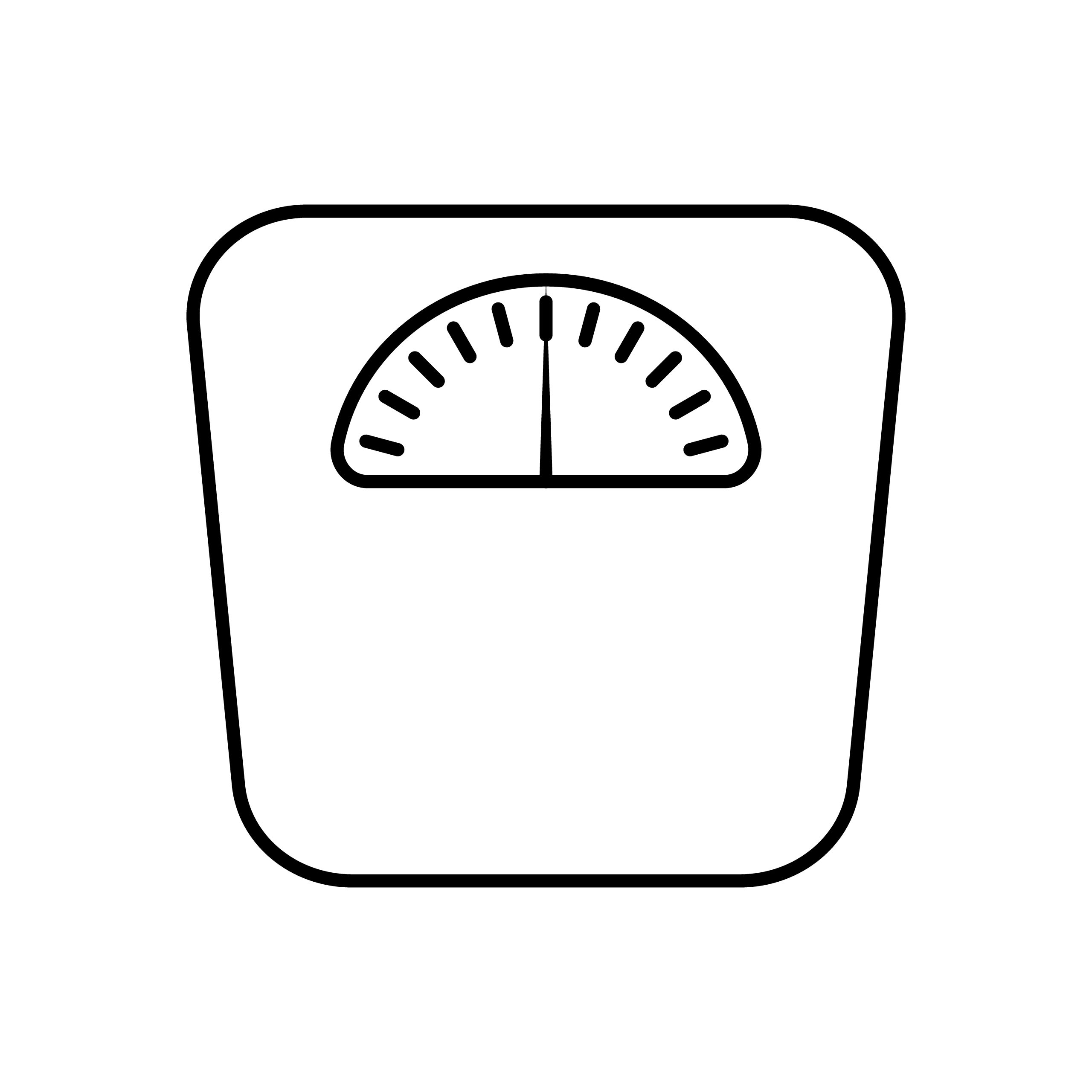Light can be described as an electromagnetic wave.
The wavelength spectrum is formed by the different lengths of these waves. The visible light spectrum, which is the light that our eyes can perceive, spans between 400 and 700 nanometers.
The visible spectrum begins with red at 700nm, and as the wavelengths decrease, the colors move through the rainbow to blues and violets at 400nm.
Infrared is the invisible light that has longer wavelengths than blue and purple (and radio waves with even longer wavelengths). The invisible light that has shorter wavelengths is ultraviolet. (X-rays, gamma waves and other energized waves have even shorter and shorter ).
The majority of light we see contains the entire visible spectrum, as well as some invisible light. The sun, for instance, contains all the visible colors, as well as some ultraviolet light that can cause skin damage and sunburns due to its increased energy.
Your sleep-wake cycle and light
The amount of light or darkness that we are exposed to regulates our body’s natural cycle.
When our eyes are exposed, they tell the brain it is time to wake up and be alert. The darkness tells our minds that it is time to prepare for sleep and wind down.
Melatonin is the hormone that plays a role in this process. The light suppresses the production of melatonin, while darkness increases it.
Over the last 100 years, the use of electronic devices and artificial light has increased dramatically. We are no longer exposed to daylight or darkness but to almost constant artificial light.
Blue light, with its shorter wavelength and higher energy appears to suppress melatonin more effectively. It can make us more alert and awake, which is great for the daytime but prevents us from sleeping at night.
Blue Light and Sleep Disruption, as well as Negative Health Effects
Blue Light is not likely to cause any eye problems.
Its tendency to disturb our sleep can have several health implications.
Sleep disorders and decreased levels of melatonin have been linked with chronic diseases and conditions, such as:
- cancer
- Cardiovascular diseases
- reproduction issues
- endometriosis
- Digestive and gastrointestinal problems
- diabetes
- obesity
- depression
- bipolar spectrum disorders
- cognitive impairment
Blue light may not be the main cause, but it is a factor that should be considered.
Tips For Reducing Unhelpful Blue Light Exposure
You can reduce the amount of blue light in your environment and its negative impact on your sleep by taking a number of steps. Here are some tips.
Limit screen time (computers and TVs, mobile phones, tablets, etc.) before bedtime.
Try using an app or software that filters blue light if you cannot avoid screens.
Install warm-colored LED bulbs in your lamps at night. It will give you enough light for reading without disturbing your sleep, and creates a sweet mood.
Light can be described as an electromagnetic wave.
The wavelength spectrum is formed by the different lengths of these waves. The visible light spectrum, which is the light that our eyes can perceive, spans between 400 and 700 nanometers.
The visible spectrum begins with red at 700nm, and as the wavelengths decrease, the colors move through the rainbow to blues and violets around 400nm.
Infrared is the invisible light that has longer wavelengths than blue and purple (and radio waves with even longer wavelengths). The invisible light that has shorter wavelengths is ultraviolet. (X-rays, gamma waves and other energized waves have even shorter and shorter ).
The majority of light we see contains the entire visible spectrum, as well as some invisible light. The sun, for instance, contains all the visible colors, as well as some ultraviolet light that can cause skin damage and sunburns due to its increased energy.
Your sleep-wake cycle and light
The amount of light or darkness that we are exposed to regulates our body’s natural cycle.
When our eyes are exposed, they tell the brain it is time to wake up and be alert. The darkness tells our minds that it is time to prepare for sleep and wind down.
Melatonin is the hormone that plays a role in this process. The light suppresses the production of melatonin, while the darkness increases it.
Over the last 100 years, the use of electronic devices and artificial light has increased dramatically. We are no longer exposed to daylight or darkness but to artificial light almost constantly.
Blue light, with its shorter wavelength and higher energy appears to suppress melatonin more effectively. It can make us more alert and awake, which is great for the daytime but prevents us from sleeping at night.
Blue Light and Sleep Disruption, as well as Negative Health Effects
Blue Light is not likely to cause any eye problems.
Its tendency to disturb our sleep can have several health implications.
Sleep disorders and decreased levels of melatonin have been linked with chronic diseases and conditions, such as:
- cancer
- Cardiovascular diseases
- reproduction issues
- endometriosis
- Digestive and gastrointestinal problems
- diabetes
- obesity
- depression
- bipolar spectrum disorders
- cognitive impairment
Blue light may not be the main cause, but it is a factor that should be considered.
Tips For Reducing Unhelpful Blue Light Exposure
You can reduce the amount of blue light in your environment and its negative impact on your sleep by taking a number of steps. Here are a few tips:
Limit screen time (computers and TV, mobile phones and tablets) before bedtime.
Try using an app or software that filters blue light if you cannot avoid screens.
Install warm-colored LED bulbs in your lamps at night. It will give you enough light for reading without disturbing your sleep, and creates a sweet mood.







